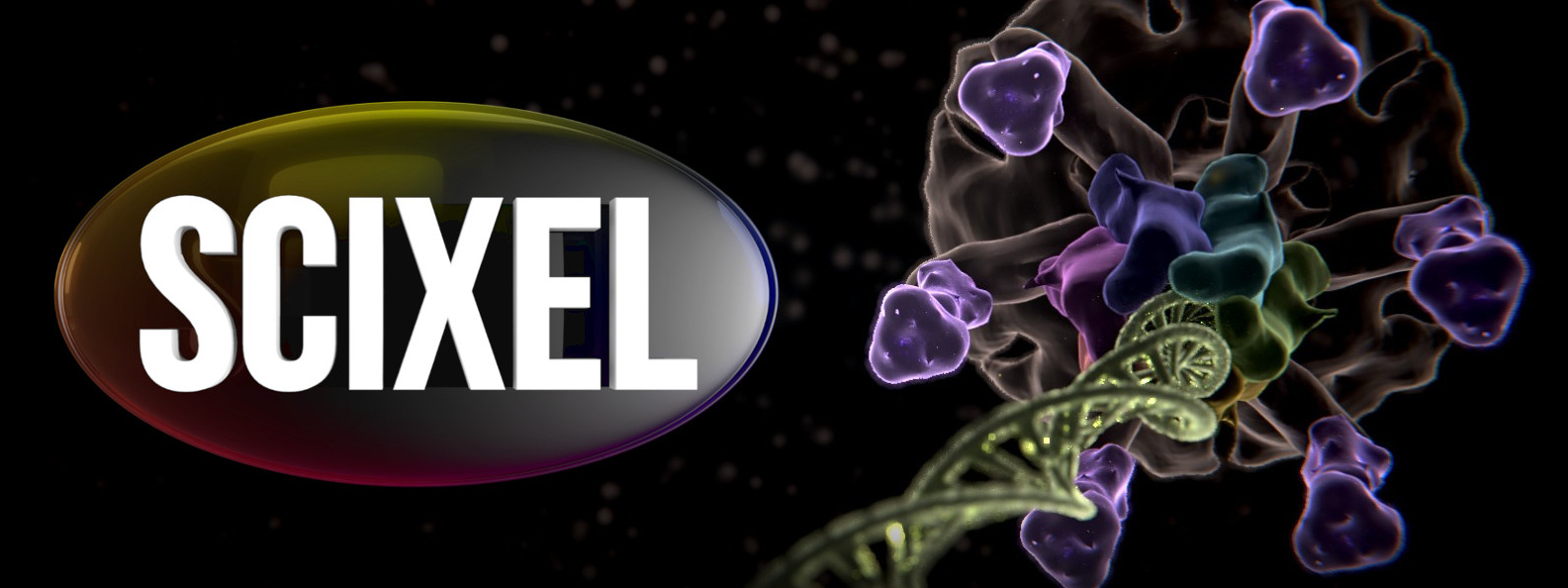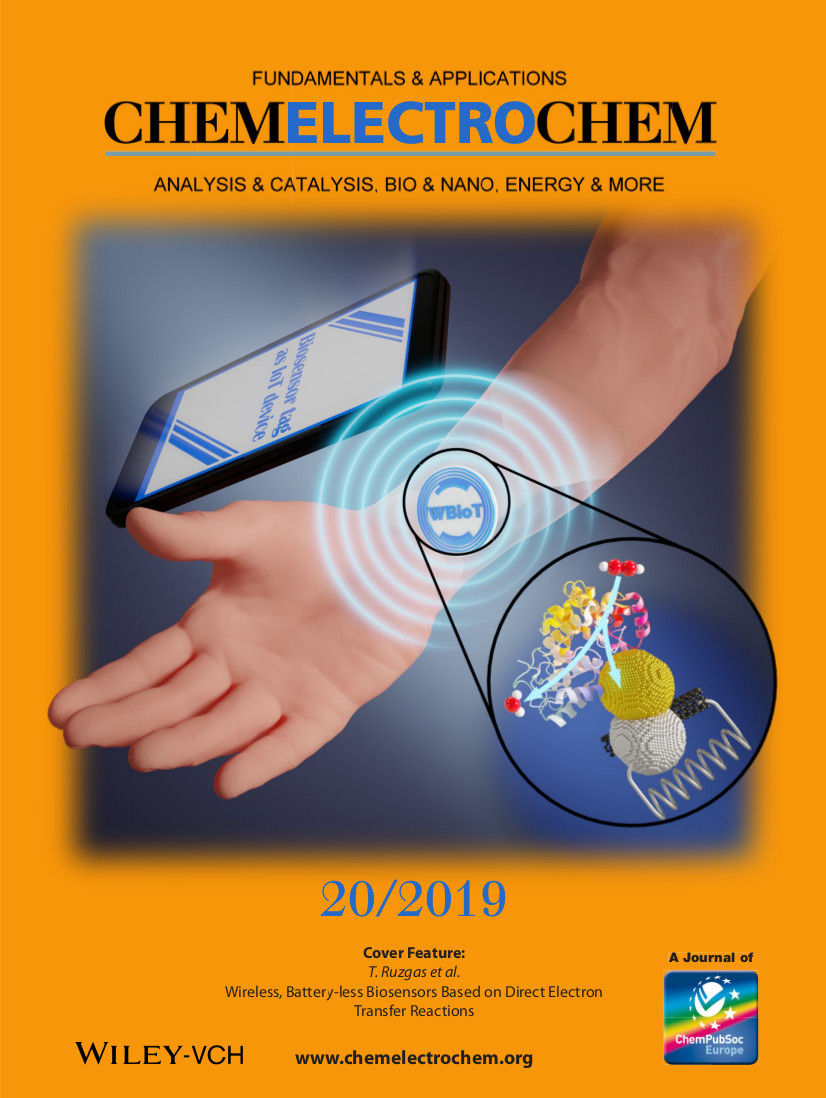Machine learning is already a thing and it is slowly percolating into the most unexpected places. AFM is its most recent victim and Juan F. Gonzalez-Martinez et al. (Biofilms-Research Center for Biointerfaces at Malmö Univerity) have put them together.
Although deep learning techniques had already been used for AFM related analysis, for the first time (to my knowledge) it’s been used to drive the microscope to locate particularities of the samples. They have used Plasmid DNA from E. coli with assubject, and the challenge was to teach the microscope to identify and distinguish single molecules and take images of them with different lateral resolutions.
Although this type of studies is not technically challenging, doing them is extremely time consuming because it needs the close supervision of the researcher. Thus, this breakthrough could open the door not only to a full autonomous AFM but to the analisys of large amounts of samples and statistically significant studies.
We did this picture (featured in the inside cover of Nanoscale) together with Javier Sotres, first author of the paper.


